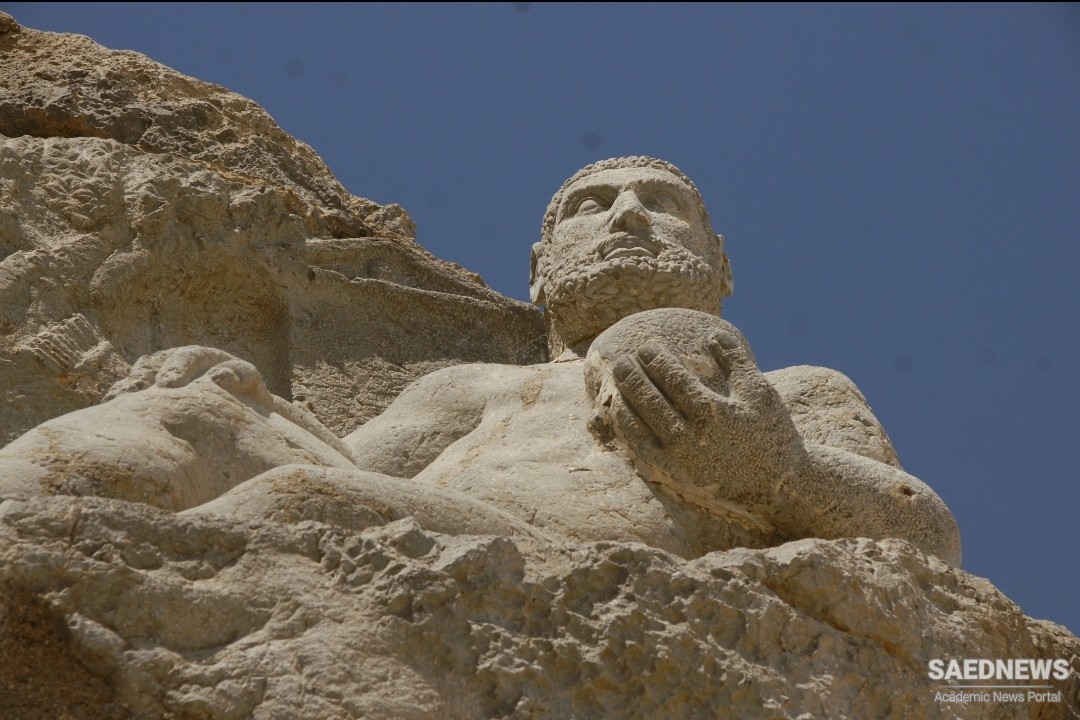Those cities in which Greek and Macedonian citizens lived were self-governing entities (poleis) with their own councils and assemblies, military defence and finances, religious and athletic centres. Some Iranian cities and towns were granted a status which approximated that of a polis, namely politeuma. Once the Achaemenian establishment vanished, the polis became the model of urban living, attracting the Iranian elite. It was from the polis that Greek culture emanated and the Greek language made its impact. In the course of a few decades the higher strata of Iranian society adopted much of Greek customs and procedures. Thus, when the first Parthian king rose to power, his coins were struck after Seleucid models and imprinted with Greek legend, as were those of King Hyknapses of Elymais about 162 B.C. and King Hyspaosines of Characene about 125 B.C. In 141 B.C. Mithradates I used the epithet philhellene, "lover of the Greeks", in order to please and attract Greek inhabitants of the newly-conquered territories. This epithet continued on Parthian coins to the end of the dynasty. The coins that Mithradates struck in Ecbatana bear the galloping Dioscuri on the reverse. Mithradates' son, Phraates, in imitation of the Seleucid kings who had assumed divine status, styled himself on his coins Theopatoros, "of divine descent". As a result of Greek supremacy, the Greek language was studied by Iranian bureaucrats and those with political aspirations, and Greek literature was cultivated. It has often been repeated that when news of the crushing victory of the Parthian army at the battle of Carrhae (53 B.C.) and the ignominious defeat and death of the Roman general, Crassus, was brought to Orodes, he and his court were being entertained by the Armenian king with a performance of Euripides' Baccha. Among the rare written documents from the Parthian period are three parchments relating to the sale of the same vineyard. Of these, two dated 88/87 an d 22/21 B.C. are in Greek (the third in Parthian), which shows the currency of Greek and its validity in courts. Even in the 3rd century A.D., when Shapur I wanted to record his victories over the Romans he used in his renowned inscription at the Ka'ba-yi Zardusht, not only Middle Persian and Parthian, but also Greek ; such was the prestige of the language some 400 years after the Seleucids had been driven out of Iran. The Greek script was not only used for Greek itself, but was adopted in eastern Iran by the Bactrians to render their Iranian language ; and later when the Kushans conquered Bactria, they adopted both the Bactrian language and the Greek alphabet, as is seen in their lapidary inscriptions and on their coins.


 Iran under the Shadow of Athena: Greeks in Persia
Iran under the Shadow of Athena: Greeks in Persia














































